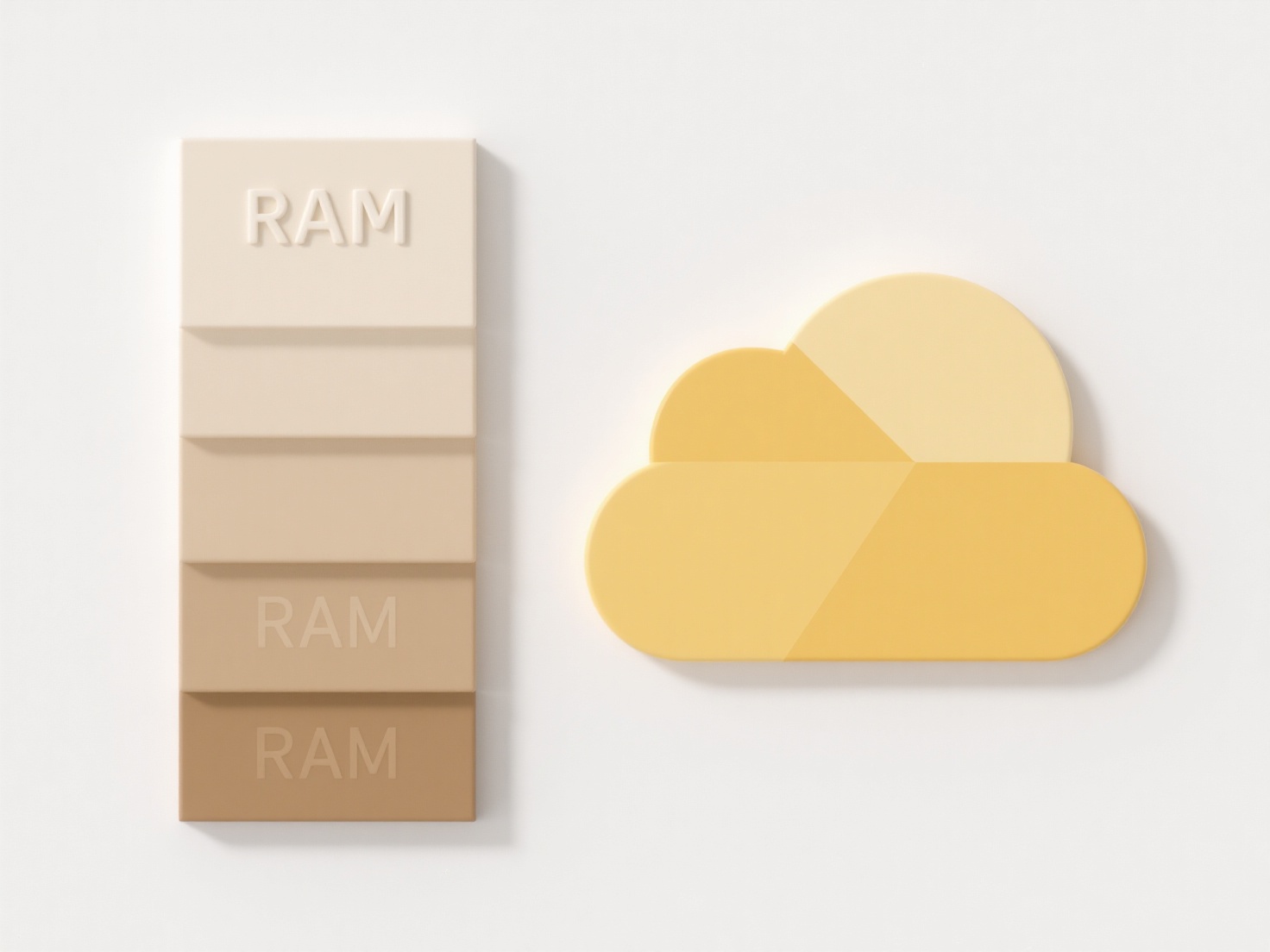
The "Request access" notification appears when attempting to view or edit a shared file because you don't currently have permission to access it. This happens when the file owner or administrator has configured specific permissions, restricting the file only to certain individuals or groups, rather than making it openly accessible to anyone with the link. It differs from links granting immediate "view" or "edit" access, acting as a controlled gateway instead of an open door.

Common examples occur in platforms like Google Drive, Microsoft SharePoint, or OneDrive. A manager might share a sensitive salary spreadsheet only with the HR department, showing "Request access" to other employees who find the link. Similarly, a teacher might share a test answer key only with other instructors, requesting students to seek approval if they attempt access. Enterprise environments heavily utilize this for confidential project documents.
This approach enhances security by ensuring only authorized individuals access sensitive data, reducing accidental exposure risks. However, it can cause delays and friction in collaboration when legitimate users need access quickly. Owners might forget to grant access promptly. While effective for confidentiality, future tools could aim to streamline and automate the request verification process for improved workflow without compromising security.
Why do some shared files show “Request access”?
The "Request access" notification appears when attempting to view or edit a shared file because you don't currently have permission to access it. This happens when the file owner or administrator has configured specific permissions, restricting the file only to certain individuals or groups, rather than making it openly accessible to anyone with the link. It differs from links granting immediate "view" or "edit" access, acting as a controlled gateway instead of an open door.

Common examples occur in platforms like Google Drive, Microsoft SharePoint, or OneDrive. A manager might share a sensitive salary spreadsheet only with the HR department, showing "Request access" to other employees who find the link. Similarly, a teacher might share a test answer key only with other instructors, requesting students to seek approval if they attempt access. Enterprise environments heavily utilize this for confidential project documents.
This approach enhances security by ensuring only authorized individuals access sensitive data, reducing accidental exposure risks. However, it can cause delays and friction in collaboration when legitimate users need access quickly. Owners might forget to grant access promptly. While effective for confidentiality, future tools could aim to streamline and automate the request verification process for improved workflow without compromising security.
Related Recommendations
Quick Article Links
What does it mean to sync files between cloud and local?
Syncing files between cloud and local storage means continuously maintaining identical copies of selected files or folde...
How can I use a spreadsheet to generate file names?
Using a spreadsheet to generate file names involves creating structured naming conventions dynamically. Instead of manua...
Can I open files embedded in a PDF?
Embedded files store other documents (like spreadsheets, images, or presentations) directly within a PDF. They function ...